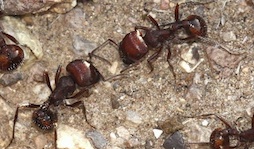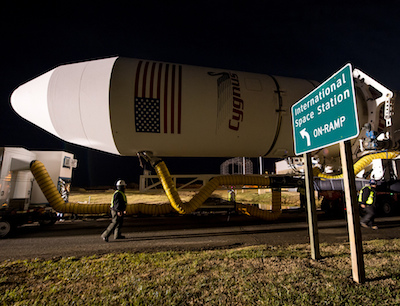The Gordon Lab


Go to the Ant Colony Search website
How do ant colonies organize, without any central control, the search of a new area?
Searching is one of the important problems that ant colonies have to solve. Ants need to find food, water, nest sites, and to detect threats. Since most ants can’t see, but operate by smell, an ant detects something only when it is nearby. What is the best way to explore, to ensure that if there is something there, some ant will find it? This is a problem that humans also have to solve sometimes. For example, in robotics, efforts are underway to design methods for groups of robots to search a burning building or explore another planet
The best way to search collectively depends on the number of searchers and the size of the space to be explored. There’s a tradeoff between thoroughness and covering ground. To search thoroughly it is necessary to spend a lot of time in a small area. To cover ground it is necessary to travel. How best to do this depends on density, the number of searchers in a certain area.
Suppose you lost something small and valuable – say, a contact lens, or a diamond ring - on a football field. If you are on your own or with a few other people you would make a plan to walk up and down the field, looking at the ground as you go. If you had a thousand people to look, you would make a plan to assign each person to look carefully in a small area of the field. Ant colonies have to solve this problem without a plan.
The experiment on the ISS, done in collaboration with Stephanie Countryman at BioServe, tested how the pavement ant (Tetramorium caespitum) solves this problem in microgravity.
About the experiment:
There are more than 14,000 species of ants, in every possible habitat, and we don’t know much about their collective search algorithms. We encourage you to try this experiment with other species and learn how ants manage the tradeoff between searching thoroughly and covering ground.

NASA photo